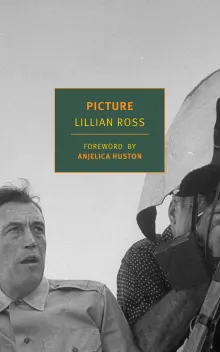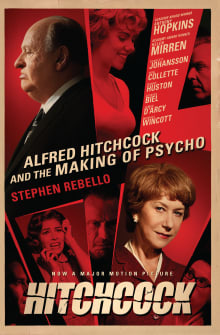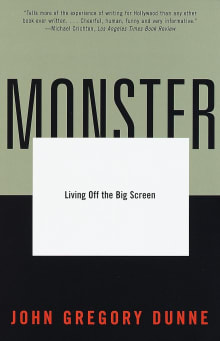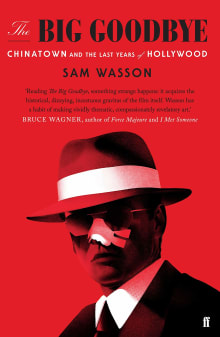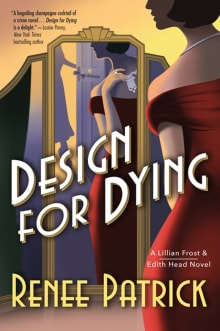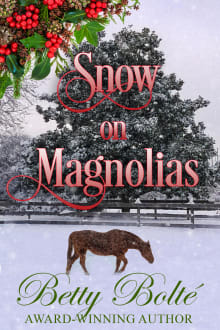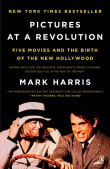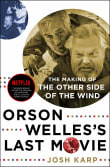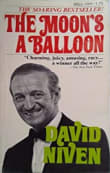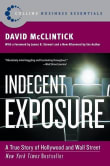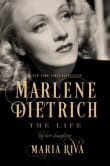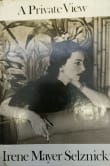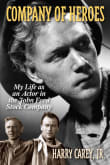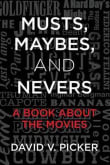
Why did I love this book?
We had to go back to the 1952 book that essentially invented this format. Lillian Ross was a writer on staff at The New Yorker when she received the opportunity to be a fly on the wall during the production of The Red Badge of Courage (1951), writer/director John Huston’s adaptation of Stephen Crane’s novel of the American Civil War.
She tracked the film from start to finish, explaining how the two-hour version that Huston regarded as his best work became a sixty-nine-minute afterthought. Ross’s depiction of MGM mogul Louis B. Mayer clearly influenced the studio kingpin in one of our favorite movies about movies, the Coen Brothers’ brilliant Barton Fink (1991).
1 author picked Picture as one of their favorite books, and they share why you should read it.
A classic look at Hollywood and the American film industry by The New Yorker's Lillian Ross, and named one of the "Top 100 Works of U.S. Journalism of the Twentieth Century."
Lillian Ross worked at The New Yorker for more than half a century, and might be described not only as an outstanding practitioner of modern long-form journalism but also as one of its inventors. Picture, originally published in 1952, is her most celebrated piece of reportage, a closely observed and completely absorbing story of how studio politics and misguided commercialism turn a promising movie into an all-around disaster. The…
- Coming soon!

